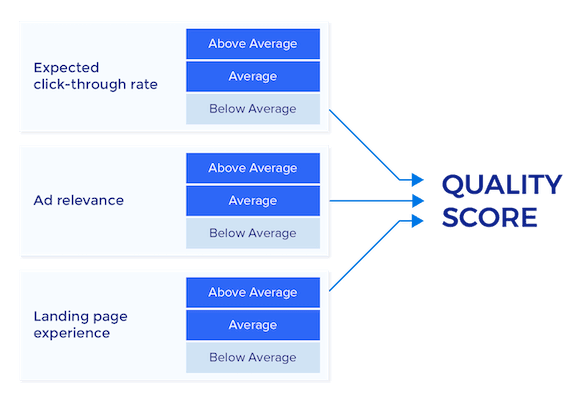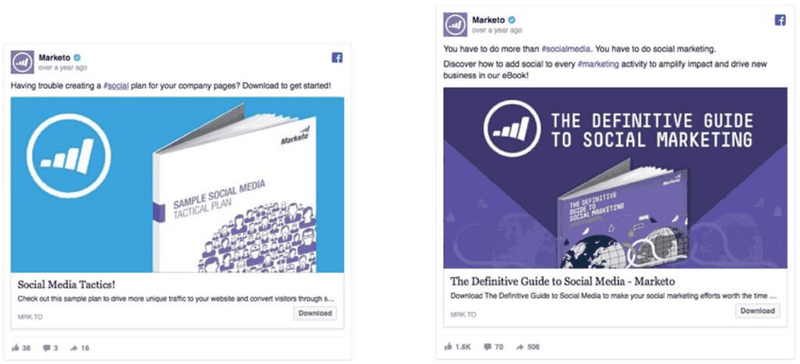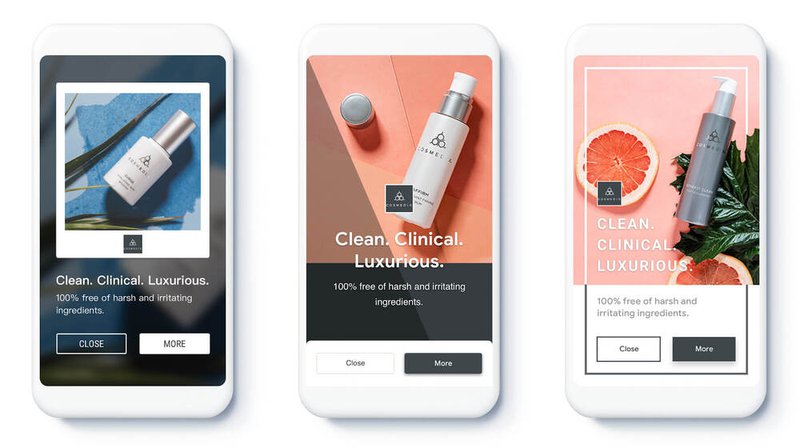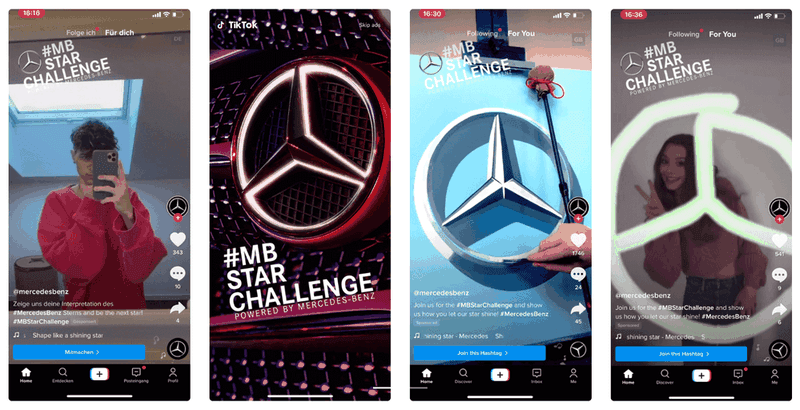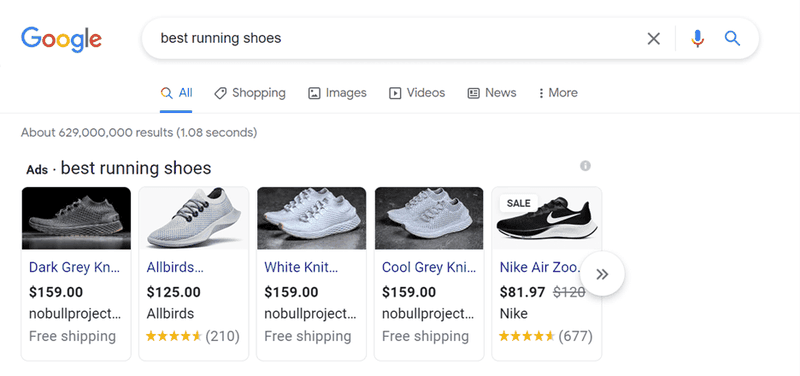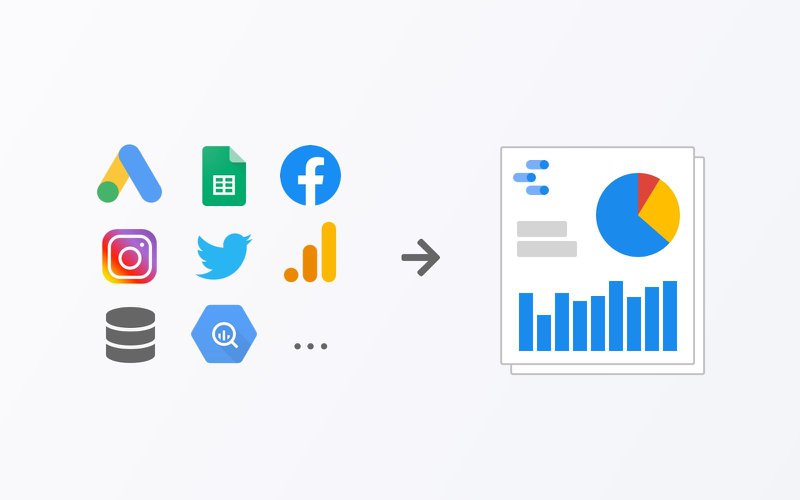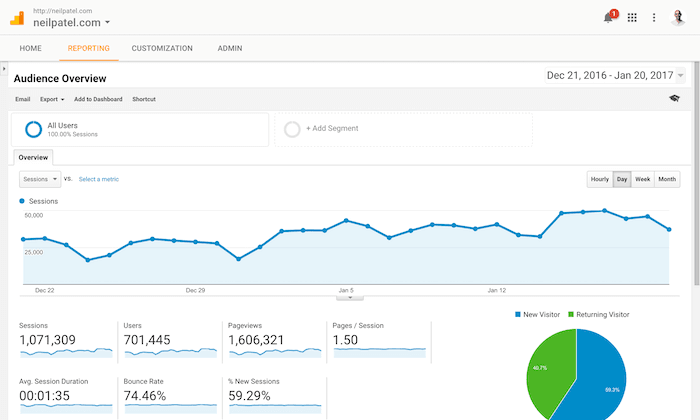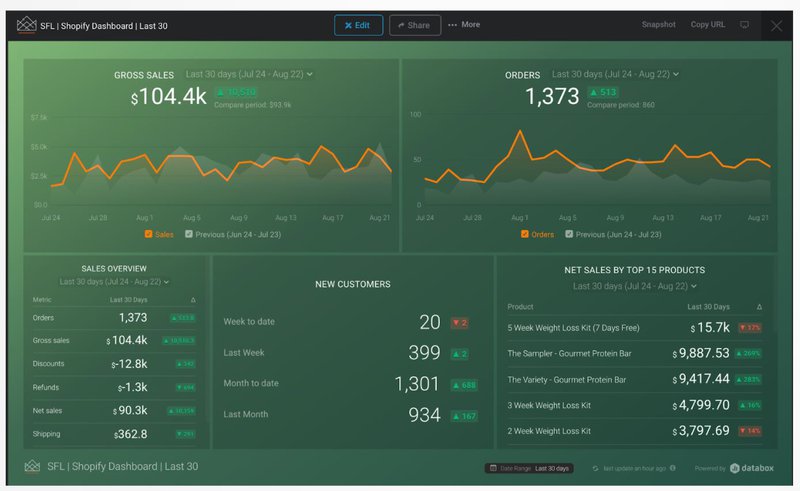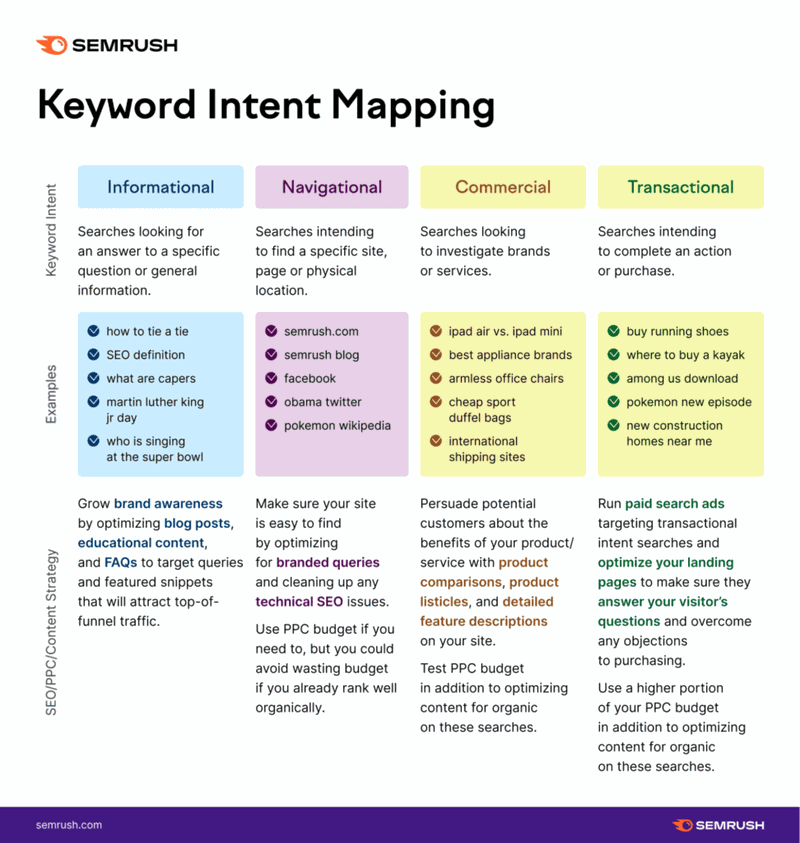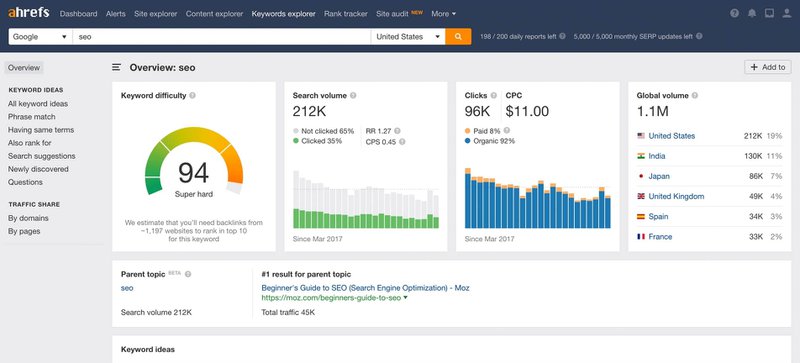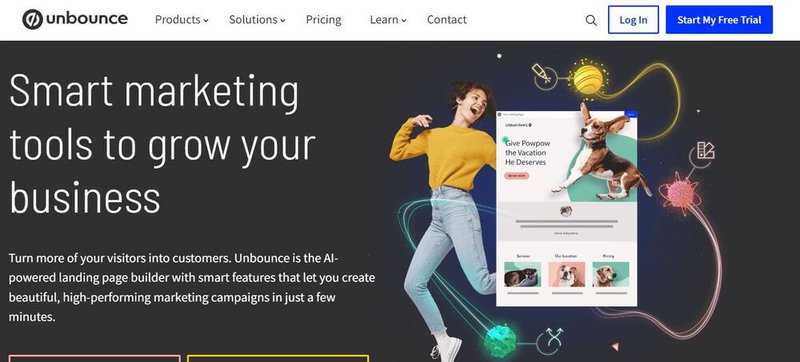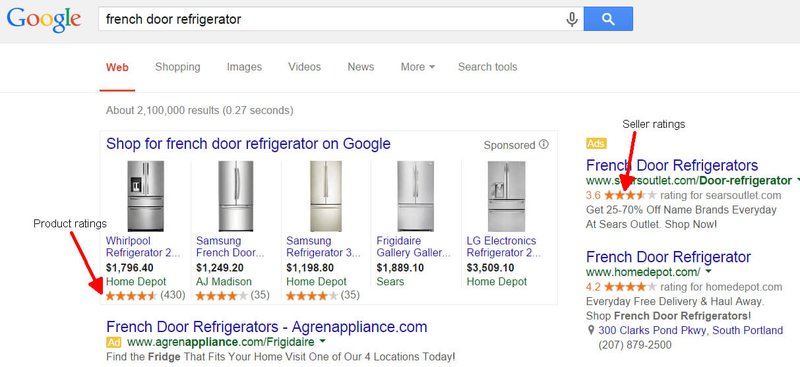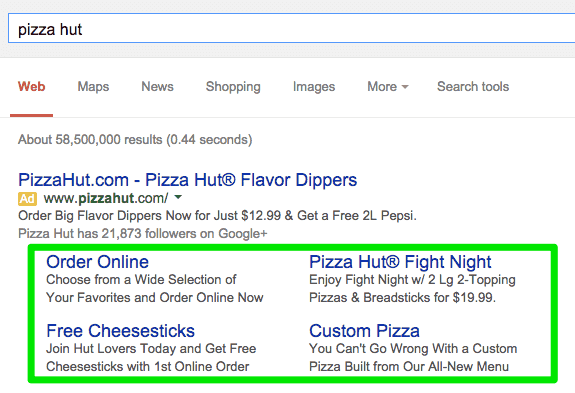Pay-Per-Click Advertising: How to Create Effective & Profitable PPC Ads
Want to improve your PPC campaigns? Increase your ROI? Here's everything you need to know about Pay-Per-Click Advertising + the latest strategies & tools.
Updated November 6, 2024

We’ve all heard the term PPC. It’s what keeps some marketers up all night and it’s the single most popular form of advertising. PPC provides an excellent way to grow your business and reach new customers.
There are many different types of pay-per-click campaigns, but they all work in a similar way: you set a maximum bid price on each keyword, and you only pay when someone clicks through from your ad to your website or landing page. So if you don’t get any clicks or conversions, then you won’t be charged any money at all.
Want to improve the performance of your PPC agency or internal PPC team? We wrote this guide for you.
In this guide we explain:
- What PPC ads look like and what they're used for
- How PPC works (including Google Ads and Facebook Ads)
- How to start an advertising campaign from scratch and the best strategies to use
Let's dive in.
What is pay-per-click advertising?
Pay-per-click advertising (PPC) is an online advertising model in which advertisers pay a fee each time a user clicks on their ad. It's sometimes called cost per click (CPC) or search engine marketing (SEM). Ads are usually shown in search engine results pages (SERPs), on social networks like Facebook, or in the sponsored section of a website.
How does pay-per-click advertising work?
Pay-per-click (PPC) advertising is an online advertising model where advertisers pay a fee each time a user clicks on their ads. PPC is similar to display advertising in that it delivers your message to a target audience, but it places greater emphasis on relevance and context while providing more control over where and when your ad appears.
You only pay when the user clicks on the ad, so it doesn't cost you anything to display these ads. With PPC, you can set specific goals for your campaigns, such as generating leads or driving website traffic. You'll also get real-time results so you can optimize quickly if necessary.
PPC terms and definitions
There are a few terms that you should know when it comes to PPC advertising, so let's get familiar with them:
CPC
CPC stands for cost per click. It is the amount you pay every time someone clicks on your ad. The amount you pay can vary depending on the keywords you are using, the bid you set, and the competition for your keywords.
Cost per impression
This metric refers to how much you pay for every 1,000 times your advertisement appears on a search engine results page (SERP).
Search Engine Marketing (SEM)
SEM is an umbrella term that encompasses a variety of different ways to drive traffic to your site. It includes PPC advertising, search engine optimization (SEO), and social media marketing. SEM is only one part of inbound marketing, but it's a vital one.
Pro tip: if you're interested in getting started with SEM or want to find an expert that could help you improve your existing campaigns? Talk to one of our PPC consultants today!
Ad rank
Ad rank is a measure of how well your ad is performing. Ad rank is determined by several factors including the bid price, quality score, and expected clickthrough rate. Ad rank matters because it determines your position on the page. The higher the ad rank the more impressions and clicks you'll get on your ad.
Quality score
Quality score is an important metric that Google uses to determine the quality of your ad. It's a weighted scale measuring how relevant your keywords are to the Google Ads landing page, and it impacts your overall cost-per-click (CPC).
High-quality scores mean that you get more favorable placement and lower CPCs on Google's search results pages. Low-quality scores mean you'll have to pay higher CPCs to appear at all. In other words, if you want higher CTRs and lower cost-per-acquisitions (CPA), improving your quality score will help you achieve these goals faster.
Maximum bid
The maximum bid (or maximum cost) is the highest amount you are willing to pay for each click. There are two types of bidding in Google Ads - manual bidding and automatic bidding.
Manual bidding, where you enter the maximum amount you are willing to pay per click manually into each campaign. Automatic bidding uses automatic rules that you set up in your account and manages the bid for you.
CPM (cost per mille)
CPM (cost per mille) is another common metric used to measure ad effectiveness. CPM is the cost of an ad placement shown to one thousand people. CPM is calculated by dividing your total advertising budget for a given time period by the number of impressions your ads are served within that same time period.
The difference between campaigns and ad groups
Ad groups are used to organize your ads so that you can manage them more efficiently. Ad groups can contain ads, keywords, placements, and bids. Ad campaigns are used to organize your ad groups and define the overall objectives of your PPC efforts.
For example, a retailer could create an ad campaign called "Summer Sale" with three different ad groups: Men's Summer Sale (for menswear), Women's Summer Sale (for womenswear), and Baby Summer Sale (for baby apparel).
The Advantages of PPC advertising
PPC advertising has many advantages over other forms of online marketing. One of the biggest benefits is that you only pay when someone clicks on your ad. It also allows you to target your audience more precisely because advertisers can zero in on people who are interested in their product or service. You can even track results and make adjustments as needed.
For example, if an ad gets hundreds of clicks but not many leads, the advertiser can tweak the copy and keywords until they find what works best for their business model.
PPC ads are cost-effective
The main benefit of PPC ads is that they are cost-effective. Advertisers only pay when someone clicks on their ad. If no one clicks on it, no money is exchanged. PPC ads can also be targeted to specific groups, making them a great option for businesses that have very limited budgets.
If you only want to reach people who live in a certain area or who match certain criteria (e.g., age and income), then PPC ads are the perfect choice for you.
You can use PPC ads to retarget your site visitors
PPC is great for retargeting campaigns, where you display ads to people that have visited your site but never bought anything. You can display your ads on popular news sites and online publishers using the Google Display Network, through native advertising and banner ads.
PPC ads are more targeted
PPC advertising allows advertisers to target their audience more precisely than other methods of online advertising. This can be useful if you want to reach people who are interested in your product or service but may not be actively searching for it at any given moment. You can also target specific consumers who are looking for specific products using Google Shopping ads.
You can easily control and test your ads
You can measure your ad performance very easily and track specific metrics. PPC advertising also allows you to A/B test different search queries, keyword lists, bidding strategies, keyword match types (phrase, exact, or broad match), creatives, and landing page designs. You can then adjust your ads as necessary to optimize your click-through rate and revenue.
PPC ads are not affected by algorithm changes
Both search engines and social platforms change their algorithms quite often which can negatively affect your organic efforts. That's not the case with PPC marketing. It's a marketing channel that is immune to algorithm changes and offers stability for a lot of brands. Yes, it does get expensive with time but as long as you A/B test and optimize your ads, and keep an eye out on your daily budget, you should be fine.
» Want to supercharge your ads with AI? Check out these ChatGPT prompts for your advertising campaigns.
PPC vs. SEO
PPC and SEO are different strategies to get your business in front of potential customers. PPC is a short-term solution, while SEO is a long-term strategy.
The goal of SEO is to create an organic flow of traffic from people typing in search terms related to your niche or industry. The idea is to build high-quality content that ranks for relevant keywords and matches the user's search intent. It takes 3-6 months on average to rank a blog post so it's quite a long-term strategy.
Search campaigns have a much higher average cost (compared to SEO) but get your business immediate results, in the short term.
Pro tip: Want to improve your PPC results? Work with a top paid advertising agency.
The role of quality score in PPC advertising
Quality score is the single most important factor in how your ads perform. It determines where your ad shows up, how much you pay for clicks and impressions, and whether or not Google will show your ads at all. The quality score is a number from 1 to 10 that represents Google's best guess as to whether your ad will be able to make them money.
Google uses quality scores as a way of gauging the relevance of each keyword that advertisers use during their PPC campaigns. the higher an advertiser's quality score, the more likely it is that their ad will rank well on Google's search results page (SERP). A high-quality keyword can have a significant impact on both clickthrough rates and conversion rates. It's really hard to predict what your quality score is and how to improve it but there are general best practices. You should optimize the user experience of your landing pages, optimize for conversions, include long-tail keywords in your ad, and use engaging product images.
The Best PPC Platforms
When it comes to PPC advertising, there are five popular platforms that you should consider - Google Ads, Bing Ads, Facebook Ads, AdRoll, and Amazon Ads.
Google Ads
Google Ads is the original pay-per-click platform, it has been around since 2000, and it's still one of the most popular. It's a great option for businesses looking to get started with PPC campaigns because of its accessibility and ease of use.
It has a variety of different ad formats you can use including - Google Shopping campaigns, traditional search ads, display ads, Google Discovery Ads, native ads on the Google Display Network, and programmatic ads.
Bing Ads
Bing Ads is a paid search advertising platform from Microsoft that allows advertisers to place ads on the Bing search engine and its other properties, including the Bing Network. It's the second most popular paid search platform on the market today, Bing offers similar services as Google but with a slightly different set of features and options. Bing Ads is available in more than 30 languages and in more than 70 countries around the world.
Facebook Ads
Facebook is a really popular option for eCommerce businesses because of how visual it is. It's one of the fastest-growing ad platforms, and has been credited with helping thousands of eCommerce brands establish themselves in the market.
It has a variety of ad types including video ads and carousel ads and lots of useful features like advanced campaign reporting. It's really great for brand awareness and retargeting campaigns.
AdRoll
AdRoll is a marketing platform that allows you to manage multiple ad campaigns across 500+ advertising platforms. It lets you set up retargeting campaigns for Facebook, Pinterest, TikTok, and Instagram from one place and build cross-channel dashboards for them to see all the data in one report.
The pay-as-you-go plan lets you test the waters, with no per-click fees and 100% of your budget going towards advertising.
Amazon Ads
Amazon Ads is a form of pay-per-click advertising that allows you to target your audience on Amazon.com. Amazon is the second largest search engine today with over 11.27 search traffic in the world going to it. It has over 200 million Amazon Prime subscribers. Its advertising platform is very robust, offers a lot of basic and advanced targeting features, and is tremendously powerful for eCommerce brands in any industry.
How to create a PPC ad campaign
One of the most overlooked aspects of PPC is proper campaign creation. So many people only focus on the latest PPC trend, skip over the vital elements in the beginning, build a crooked foundation, and then don't see the type of ROI they want to get.
In order to maximize your results, you should have a solid foundation and create each campaign the right way. Here's a step-by-step process for creating your PPC advertising campaign.
Create your goals and select goal metrics
The first step in any advertising campaign is to choose your goal. Here are some common types of campaign goals you could choose from:
- Brand awareness – increase brand recognition and establish customer loyalty. For example, "get our holiday shoe guide"
- Lead generation – find potential customers by collecting contact information from them so you can market to them in the future. For example - "sign up for my super cool shoes newsletter"
- Offer promotion – offer free products or services for a limited time as a way of increasing sales and customer engagement. For example - "50% off your next pair of shoes"
- Sales goal – use Google Ads for online shopping, where visitors click on ads to go directly to your eCommerce site
- Site traffic - use ads to get as much traffic as you can to your piece of content or video. For example - "view our video - how Harry met Nike"
Choose your campaign type
Each platform is going to have its own wide range of bid strategies and advertising costs, but the type of campaign you can launch remains pretty similar. You can actually group them into the five groups:
Search Ads
Search ads are the ads that you see on Google, Bing, and Yahoo. They get displayed on top of the search results and feature a few lines of text. They are super powerful and allow you to personalize the following - the display URL, the popular keywords, the description, and the page title (or title of the ad).
Display Ads
Display ads are the most common type of online advertising, and they can be found in a lot of places. They're typically used on social media platforms, but they can also be found on search engines and other websites.
Display ads are basically banners that show up around your website, or at the top or bottom of your screen when you're browsing the Internet. These ads usually contain text and a picture, but sometimes they may also include video content.
Social Media Ads
Social media ads are ads that target specific people on social media. They can be based on the information you've shared with the company or website, or they could be based on your browsing history or location. These ads usually take the form of a post or video that shows up in your feed when you're using Facebook, Instagram, Twitter, Pinterest and other platforms.
Pro tip: need help with your Instagram Ads? Check out our list of expert Instagram Ads managers for hire.
Remarketing Campaigns
Remarketing campaigns target customers who have already visited your site or app. These campaigns can be automated, meaning you don't have to manually check in on them day-to-day. They're also called retargeting campaigns because they bring back former visitors to your site.
The goal of these campaigns is to reach out to past customers or website visitors who have abandoned their shopping cart and never made a purchase. They're great for boosting sales, especially if you're selling an expensive product like jewelry or high-end electronics.
You can actually display remarketing ads on social media platforms, online publishers, and other sites on Google's Search Network. If you’re not sure how, work with a retargeting expert to set up these campaigns.
Google Shopping
Google Shopping campaigns are a way to reach potential customers who are searching for products online. Google Shopping ads appear on search results pages, and they show up when someone searches for items related to your business. They provide a much better way to reach your target audience.
These ads are triggered by keywords related to your products and services, so when someone searches for those terms online, your ad will appear at the top of the search results page. All you have to do is to connect your product feed (make sure it has your consumer ratings and seller ratings) and optimize your bids and budget to get the most visibility.
Perform PPC keyword research
Keyword research is the process of identifying the right keywords to use in your Pay-Per-Click (PPC) campaigns. It's an important step because it helps you identify how people search for products and services like yours so that you can target them with your ads.
You can perform keyword research using Google Ads or Bing Ads. You can also use a third-party tool like Ahrefs or Moz, which will give you keyword suggestions based on what people are searching for on Google and Bing.
Pro tip: develop negative keyword lists for each campaign to improve your PPC costs and better target your audience.
Set up tracking
Now that your PPC campaigns are live, it's time to track the performance of all the elements involved. Here's what you need to do:
- Set up conversion tracking: You'll want to know how many conversions come from each ad group, keyword, and campaign. That way, you can make sure there's a good return on investment (ROI). Conversion tracking can also help you with bid adjustments, increasing the budgets for high-performing campaigns, and decreasing spend or pausing low-performing ones.
- Track keywords: Keyword relevance is another factor that can affect ROI—and most people don't realize how important it is. Sometimes ads can perform poorly because the keywords don't match search queries closely enough. Make sure all keywords are relevant to your products and services.
- Track landing pages: Your landing page should be tailored specifically for each keyword so that users land where you want them to go based on their query type and search intent (are they actually looking to buy something?). This makes conversion rates higher because visitors know exactly what they're getting themselves into when they click through an ad link.
Analyze and optimize
After you've set up your campaign, the next step is to analyze the results. You can do this by exporting data from Google Ads into a Google Data Studio report. After analyzing the data, you'll know which keywords are working best for your campaign, and which campaigns you should optimize to get better results.
PPC management tools to use
If you’re managing your PPC campaigns in-house or don’t have the budget to hire a full-time PPC expert, there are plenty of tools out there to help you stay on top of things.
Google Analytics (GA)
GA is a free tool that provides web analytics data on all your site visitors. It can tell you what pages they visited, where they came from, and how long they stayed. You can also set up conversion goals so that each time someone reaches a specific page or performs an action that leads to revenue for your company.
Databox
Databox helps companies track the performance of their ad campaigns and display key performance indicators (KPIs) across a single dashboard. It also offers predictive analytics so you can predict how well your ad campaigns would perform in the near term.
Semrush
Semrush is super helpful when you're doing keyword research. It's one of the top SEO tools and has all the info on every keyword - the keyword difficulty, search volume and even search intent.
Ahrefs
Ahrefs is a great SEO tool to help with your keyword research. It also helps you spy on your competitors' keywords and see what they are advertising on. It can also help you see the type of backlinks your competitors have built and the structure of their sites.
Unbounce
Unbounce is a tool that helps you build landing pages. It has a ton of creative design templates you can use and a drag-and-drop interface.
PPC metrics to track
With PPC advertising, there are many metrics to track. Here's a list of the most important ones:
- Cost per conversion — tells you how much money you're spending for each person who buys something through your ad
- Conversion rate — The percentage of people who saw an ad or clicked on an ad that then ended up purchasing something from your company (or otherwise taking action)
- Click through rate (CTR) - measures how many people clicked on your ad
- Quality score - is a metric that's built from a combination of things including your landing page experience and your PPC conversion rate
It's important to note that each of these metrics can be measured from a variety of sources. You can measure them based on your own website, through Google Analytics, or through third-party tools like Kissmetrics or Mixpanel.
PPC tips and strategies
Now that you know the type of tools you should use and the metrics you should track, let's talk about some high-level PPC tactics.
Target the right audiences
Most digital advertising channels allow you to customize your audience and target based on demographics, user behavior, and different attributes. You can also upload your own list and create a look-a-like audience.
Negative keywords
Google often displays your ads based on completely unrelated search terms, and this could waste a lot of your ad spend. The best way to fix this is to upload a list of negative keywords, which are keywords you don't want Google to use to display your ads. These keywords will keep you from targeting searchers who aren't interested in what you have to offer.
Bids management
The maximum bid (or maximum cost) you can advertise on changes based on the season, holidays, and sales events. So make sure that you adjust your bids often and keep your finger on the pulse of your campaigns.
Use product ratings
Your product ratings are your customer reviews and you can choose to display them on your Google Ads (if you're an eCommerce brand selling physical products). They show up as those star ratings under your ad. Make sure that the information is available on your product feed and is properly synced.
Sitelink extensions
Sitelink extensions are chunks of additional content that you can display under your main ad. It makes your ad more visible and helps catch the user's attention better.
Recap
PPC advertising is a great tool to help grow your business and get new customers, but it’s important to know how to use it correctly. The key takeaway here is that you need to create good ads and manage your campaign effectively in order for PPC ads to be successful.
Want help? Learn how to choose the right PPC agency for your business.
